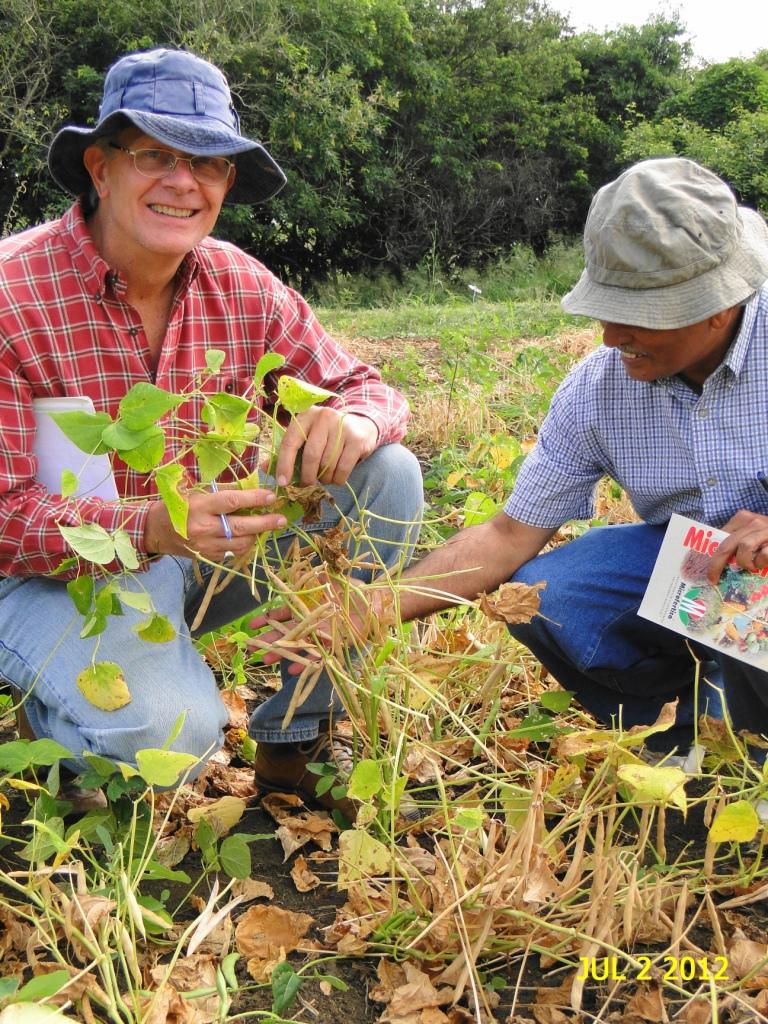Blog Steve Beebe, a breeder who made the world a better place

Dr. Steve Beebe, former leader of the Bean Program at the Alliance of Bioversity International and CIAT, has developed more than 40 varieties of bean, which he has modified to provide better nutritional quality, resistance to pests or drought, and to give a livelihood to millions of farmers in 20 countries. Through his work, not only did he improve bean varieties, but also fulfilled his purpose of making the world a better place. In the coming days he will retire from the program, to spend more time with his family. "You should not lose focus of your mission in life. That is what gives us the strength to face instability. Be aware of the mission, despite the difficulties," he says.
Steve Beebe is a scientist thanks to flowers. It all happened when he was still a teenager. He was born into a farming family in the United States, on an unusual farm. They did everything: raised pigs, and grew maize and vegetables, until his father finally turned to a greenhouse to produce plants for transplanting in the spring.
In the flower business, Steve learned about applied genetics, which allowed such wonderful changes in crop varieties such as resistance to pests or drought or excessive rainfall, and he thought it could change the lives of millions of people around the world.
"That's when I got excited about the idea of being a genetic breeder".
He attended undergraduate school at Iowa State University, one of the most prestigious universities in agriculture, and then at the University of Wisconsin, where one of the most advanced breeding programs of the time was being taught. One of Steve's professors and thesis director was a prestigious scientist, Dr. Frederick Bliss. Another of his professors was Dr. Warren "Buck" Gabelman, who developed and released the first hybrid carrots and beets. "Buck", as he was known, died last June 11, 2022, at the age of 101.
"I feel very fortunate to have had those two professors in particular, because they made my studies much more transcendent than the effort to get a degree. It was really about ongoing intellectual inquiry in order to find solutions to the threats facing farmers".
It was Frederick Bliss who changed his life in a conversation that took no more than three minutes. Steve, in his second year as a Ph.D. student at the University of Wisconsin, was feeling overwhelmed. He had classes to complete, but also research to do on bean root rot. He thought about quitting and told his professor.
Bliss knew him well. He knew that Steve's purpose was to help make the world a better place. He mentioned to him where he could fulfill that purpose by continuing his scientific career: the International Center for Tropical Agriculture (CIAT) in Palmira, Colombia. The initial plan was to work for a year at the Center as part of his thesis study. Five decades have passed since then.
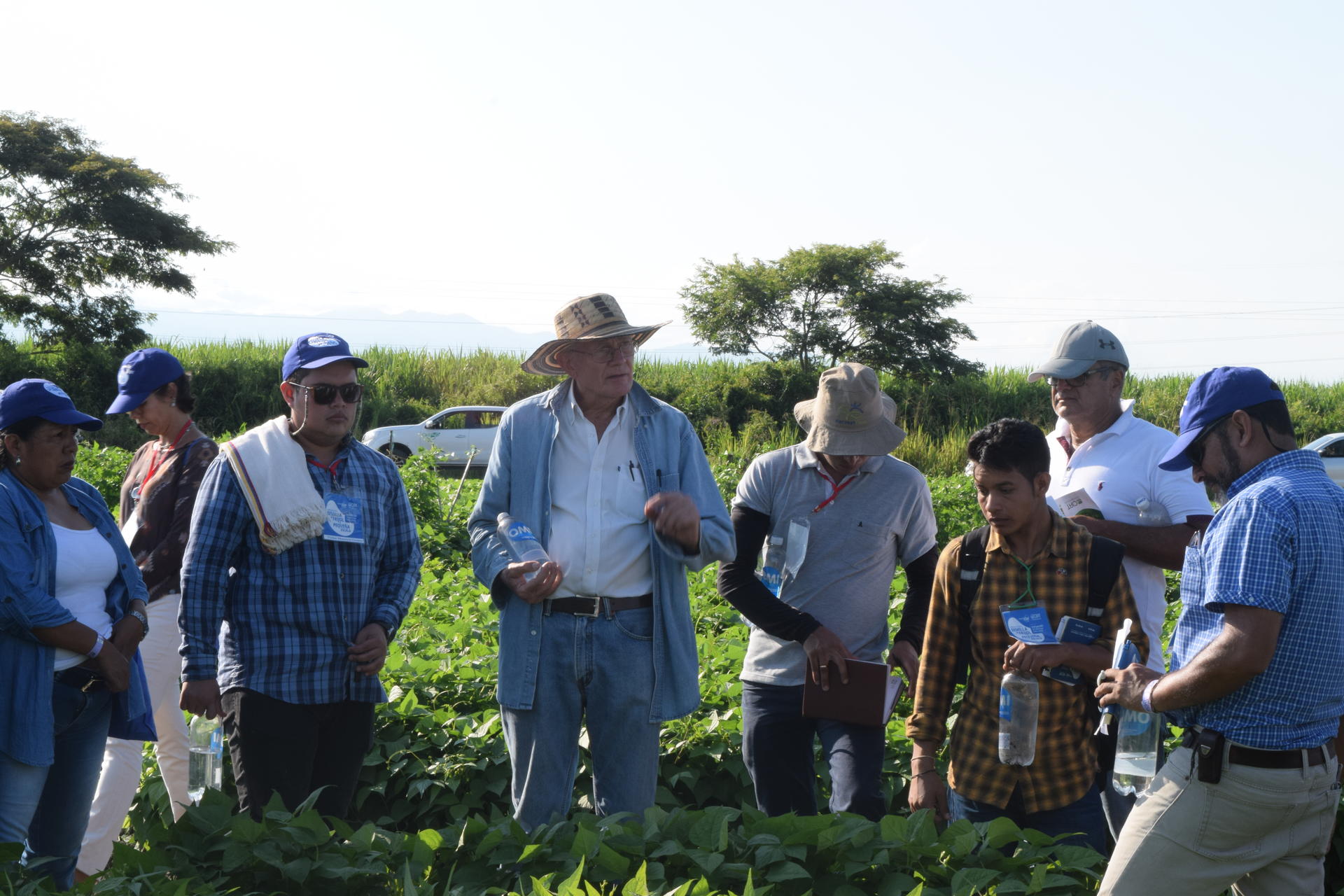
"I arrived in Colombia for the first time in January 1977, to carry out studies on resistance to soil-borne bean root rot pathogens. I spent 15 months at CIAT in that first stage. Then I was offered a contract as a breeder in a regional project in Central America, financed by the Swiss government. I went to the CIAT office in Guatemala to direct the breeding programs, together with two Colombian colleagues, the famous Silvio Hugo Orozco, who was an agronomist, and Dr. Guillermo Gálvez, a pathologist. I lived there for four years".
Those were difficult days in Guatemala, where a civil war was raging. The conflict had begun in 1960, and only ended in 1996. It all began with a failed coup d'état to overthrow President Miguel Ydígoras Fuentes. Once, while at his hotel, Steve heard the sound of a car bomb exploding across the street, but despite the shock, the thought of leaving the country did not cross his mind.
In the countryside there was another conflict. Farmers were dealing with a disease called 'bean golden yellow mosaic virus' (BGYMV), which was wreaking havoc on the crops, and Steve took the lead in that fight. Steve returned to Colombia in 1985 and has never left.
"I feel like another Colombian. My wife is from Cali. I have traveled to many places in the world and that has allowed me to admire what Colombia is, a wonderful nation".
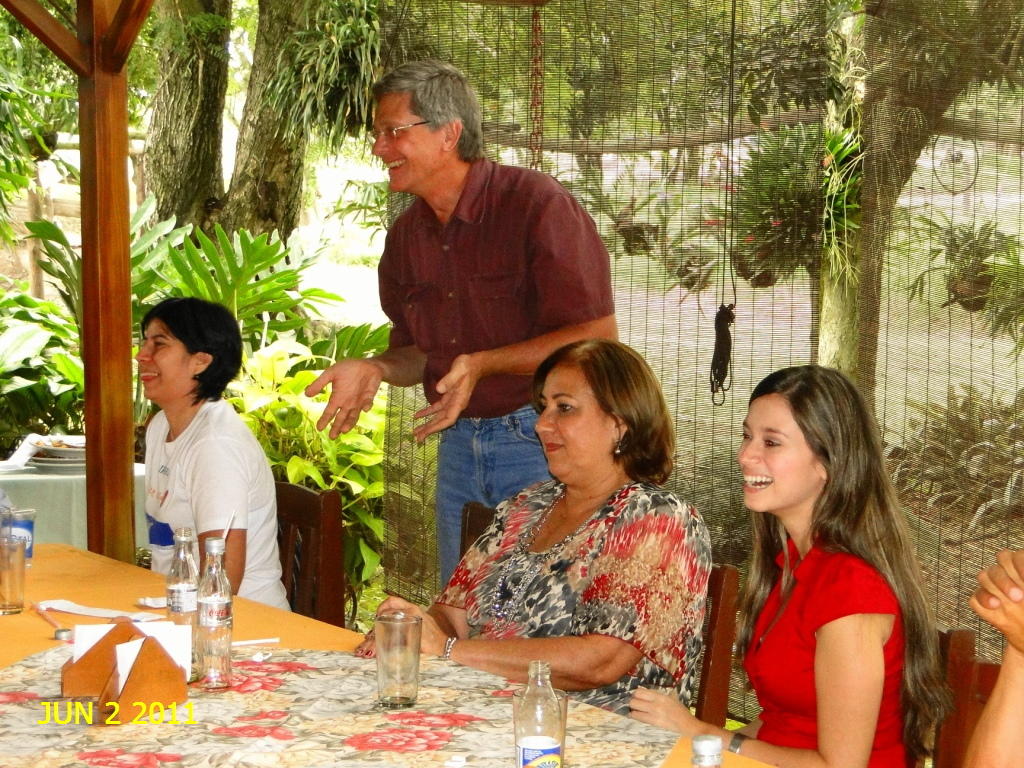
For 28 years (from 1992 to 2020), Steve led the Bean Program at CIAT, now a partnership between Bioversity International and CIAT. Together with a team of researchers, he has improved more than 40 varieties of bean for better nutritional quality and resistance to pests or drought. The varieties have been distributed in almost 20 countries. Steve, however, speaks of this with modesty. He is a simple man, unaware of his talent and the mark he has left. His colleagues, on the other hand, talk at length about his work.
"Steve Beebe's accomplishments have been many and lasting. No less meritorious has been his role as captain of the Bean Program. During his leadership, the tropical bean has become one of the top 20 crops worldwide in terms of productivity, nutritional quality, and environmental sustainability", says the Belgian botanist Daniel Gabriel Debouck, who for more than two decades was the leader of the Genetic Resources Unit at CIAT.
Dr. Debouck adds: "In recent years, Steve has dedicated his efforts to using interspecific hybrids to change the physiology of the bean plant to deal with challenges such as drought, heat, and impossible soils. For many years (starting in 1865 with Gregor Mendel the father of genetics), interspecific hybrids were used as a source of disease resistance. For example, Phaseolus coccineus was a source of resistance against anthracnose, or Phaseolus acutifolius against bacteriosis. In addition to these useful traits and others such as higher iron and zinc contents, Dr. Beebe saw the possibility of making the common bean change its basic physiology after flowering, so that it invested less energy in parts of the plant that are no longer as useful such as additional stems. Instead, he saw the opportunity to redirect the products of the plant’s photosynthesis towards the bean, or the harvestable part, which is of more interest to the farmer. This reorientation is key when it comes to having good varieties with heat or drought tolerance. Concern for the bean grower has been a constant in Dr. Beebe's work. His innovative spirit was seen again in other examples of his work related to the use of the genetic resources of the common bean, its wild ancestors, and nearby species. I was in complete agreement with him when he proposed that we needed to know more about variability in the Northern Andes. In short, Dr. Beebe is a modern scientist (like the pioneers who launched the CIAT Bean Program in 1973), so that others in Latin America, Africa, and elsewhere can eat well and prosper".
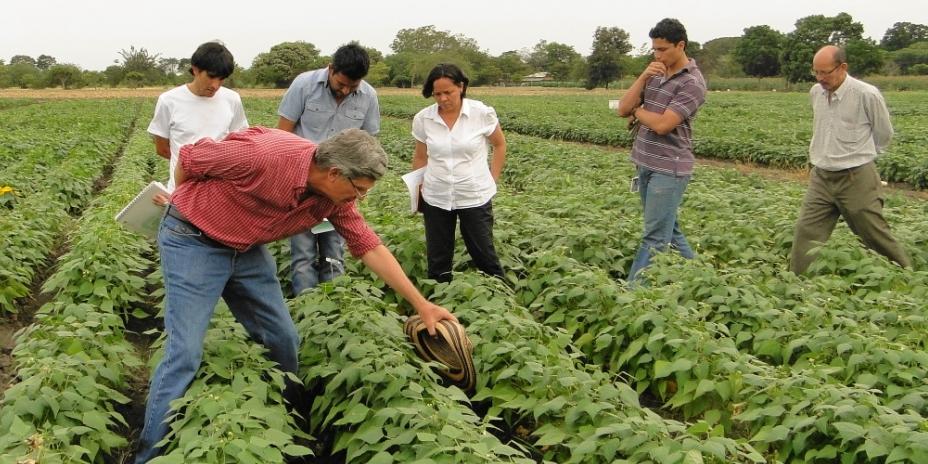
To improve a bean variety, in terms of nutrition, yield, or resistance to pests or drought, Steve explains, one must first understand where the different species come from. Because the answer you are looking for may not be in the ancestor of the same species you are trying to improve, but in another one that had a different evolution.
The varieties he and his team have developed are mostly in Central America, from Mexico to Panama, and in South America in Colombia, Argentina, and Bolivia. In Africa, the varieties have been planted in countries such as Ethiopia, Kenya, Zambia, Malawi, and Rwanda, where Steve traveled in 1995 after the genocide and became convinced of the need to make beans not only drought-resistant, but also of better nutritional quality. In Africa, 12 million families benefit from the seed varieties developed in the Bean Program, in conjunction with the Pan-Africa Bean Research Alliance (PABRA).
Héctor Fabio Buendía Castellanos, Field Coordinator of the program in Latin America, clearly states that Steve Beebe is a pioneer of bean biofortification: "I have known Dr. Steve since 1999. He was the one who gave me the opportunity to do my graduate work at CIAT. In fact, he was my tutor. We researchers who work with him see him as our lighthouse, our role model".
But Steve is not only admired for his scientific breakthroughs. Isabel Cristina Giraldo worked with him a decade ago and still hasn’t forgotten Beebe's generosity: he made his colleagues' problems his own. Héctor Fabio Buendía agrees: "One of the aspects that surprises me most about Dr. Steve is his compassion. Being retired, for example, and being able to make use of his retirement, he stayed to lead the Bean Program during such difficult and uncertain times as the coronavirus pandemic. He is above all a noble man. In my case, he gave me the opportunity to work at CIAT. I once made a mistake, but he gave me a second chance. Dr. Steve gives chances".
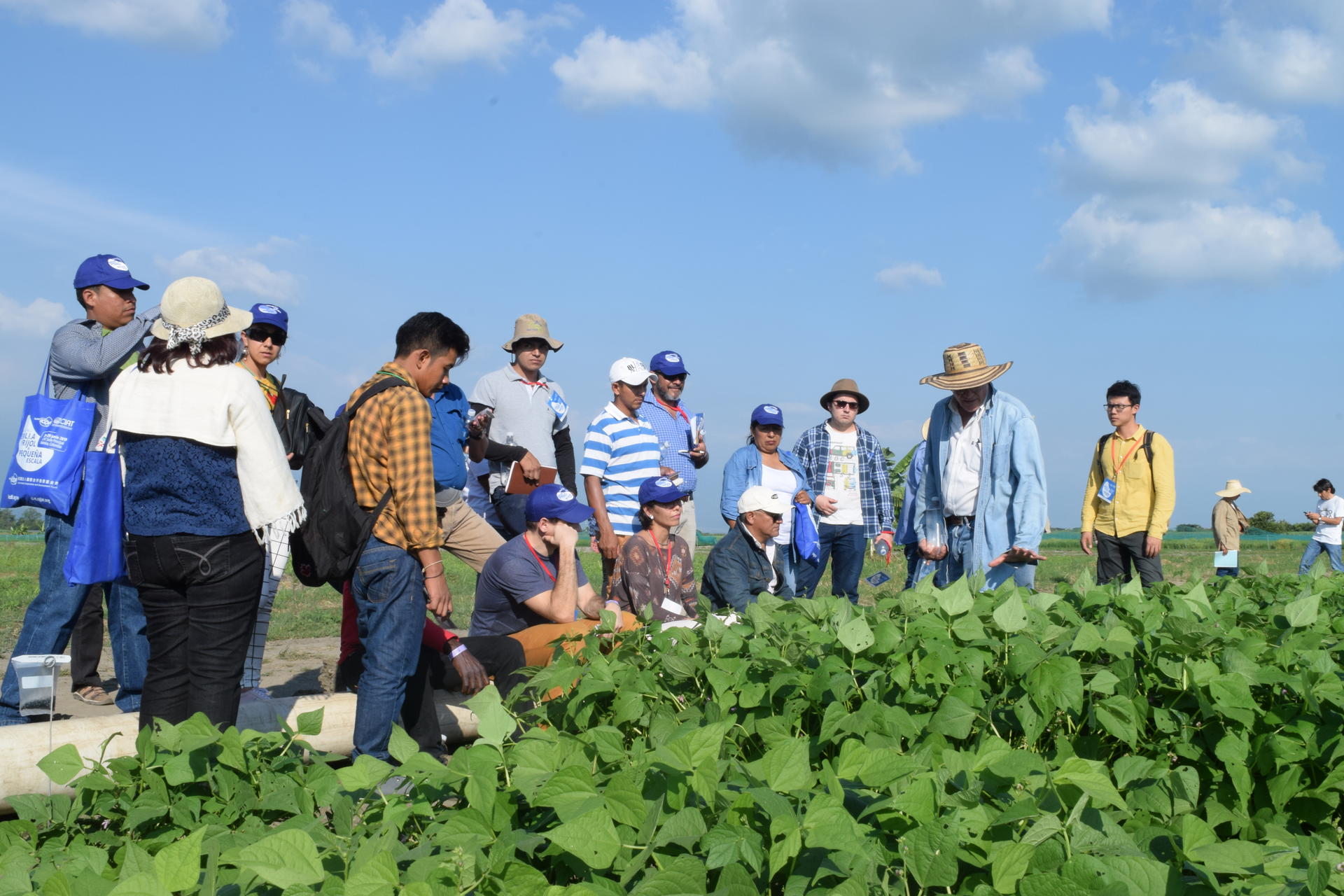
Steve follows the Baha'i faith, which principles are to look at the other without prejudice, to seek the truth, equal rights between men and women, and to ensure a balance between science and religion. Some years ago, he wrote the book, “Between the Menorah and the Cross: Jesus, the Jews, and the Battle for the Early Church”.
In the next few days, he will retire from the Alliance, as he feels it is time to dedicate his time to his family. He will continue to support the Bean Program, advising from a distance. Steve now seems to be looking in the rear-view mirror of life.
"What has given me most satisfaction in all these years of work is to have been able to help farmers to be satisfied with what they are doing with their lives, and that their crops allow them to support their families. In my philosophy of life, every human being should know what he is doing: his purpose. A job should not be from 8:00 in the morning to 5:00 in the evening and that's it. One must be aware that what one is doing helps to build society. That is why, I would like to say to the new researchers at the Alliance, that my great effort in all these years has been to stabilize public investment in research. It is still a challenge. But my message is to keep your focus on the mission. That is what gives us the strength to face instability in the world. Be aware of the mission, despite the difficulties".
